A friend of mine shared his excitement that he’d enjoyed a great Kobe beef steak at a steakhouse for his birthday. “Wow, that’s awesome,” I replied. “How much did the meal set you back?” “It was sixty bucks just for the striploin steak, sides were extra,” He replied.
I had to do the hard thing, but the right thing, and inform my friend that he may have indeed enjoyed a great Wagyu steak, but he did not have an authentic Japanese Kobe steak for only $60. He was bummed that he’d been misled by the menu.
As Wagyu beef has gained in popularity over the past decade, it’s been remarkable to see the misbranding and misinformation about Kobe beef, American Style Kobe beef and Wagyu beef at restaurants. Chefs often call their Wagyu cross-bred beef “Kobe beef” on their menus.
Some Wagyu and Kobe beef facts to know:
Beef labeled as Wagyu must 46.8% or higher Wagyu genetics. Most Wagyu sold in the U.S. is Wagyu crossed with Angus, Hereford or other breeds to get a superior marbling, while still making it affordable.
Beef labeled as “American Style Kobe Beef” is not from Kobe, Japan, but is Wagyu genetics crossed with other breeds to get the superior marbling that’s made Wagyu famous.
Kobe beef is Wagyu from the Tajima strain raised in Japan's Hyōgo Prefecture.
Just as Champagne must come from France and Tequila from Mexico, authentic Kobe beef must come from Hyōgo Prefecture in Japan. For more info about Kobe beef, click here. The incredible marbling, rich flavors, and the rarity of the Kobe beef demand extremely high prices; upwards of $250 per steak depending on the grade. Kobe beef grading goes from A1 to A5, with A1 being the lowest grade and A5 being the highest.
In Japan, Wagyu grading starts at the level of our USDA Prime beef and goes up from there. We don’t even have a standardized USDA grading system for Wagyu beef yet, so many companies have developed their own Wagyu grading system, which has led to a lot of confusion amongst chefs (and people who sell Wagyu) about grading and quality.
Last year, I spoke with the American Wagyu Association Board President Pete Eshelman about why he believes that Wagyu is becoming so popular in the U.S. Pete is a Wagyu producer and the owner of a restaurant where the chefs utilize the entire Wagyu carcass (just like in Japan).
Pete stated that Wagyu’s popularity is likely due to consumers understanding Wagyu’s health benefits, such as a higher percentage of monounsaturated fat and a lower cholesterol content. Also, the highly marbled, tasty beef contains valuable omega 3 and 6 fatty acids. But most importantly- it’s just delicious.
Why is Wagyu is so expensive? Here’s a few reasons:
- Supply is low. There are somewhere between an estimated 50,000 and 100,000 Wagyu cattle slaughtered in the U.S. annually.
- Wagyu cattle genetics and calves are expensive.
- Wagyu eat a special diet.
- Wagyu are normally slaughtered at 33 to 36 months, compared to under 30 months for conventional cattle on feed.
While living in Japan, I enjoyed Kobe beef on several occasions. A real Kobe beef steak in a Japanese restaurant is often authenticated by the animal’s nose print prominently displayed on the menu along with animal’s pedigree. My first Kobe steak, served as shabu-shabu in Ginza, Tokyo, was without a doubt one of the most delicious and memorable meals I have ever had.
I once visited a Japanese Wagyu farm in Japan. The Wagyu producer explained to me that his Wagyu came from cattle that were selected over time for traits such as; good workers in fields, easy and calm temperament, ease of calving, size, conformation, and their high quality of meat. He told me that Wagyu are the only breed that will almost never stop marbling, creating creamy, delicious, healthy beef.
See my video on my visit to the Morgan Wagyu Ranch, where we source our Wagyu. Morgan Ranch Wagyu is 93% or higher purebred Wagyu. It’s the most consistent for quality Wagyu I’ve seen in the marketplace in the United States.


1 comment
Agree! Amazing beef!